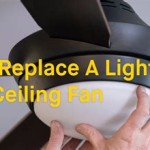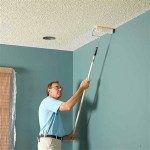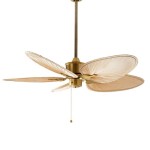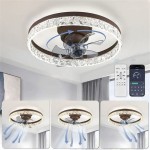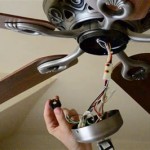Hidden Curtain Tracks in Ceilings: A Discreet Solution for Stylish Window Treatments
In the realm of home décor, window treatments play a pivotal role in defining the ambiance and functionality of a space. While curtains and drapes offer a myriad of aesthetic benefits, their traditional installation methods often lead to unsightly hardware and detract from the overall elegance of the room. Hidden curtain tracks in ceilings offer a discreet and sophisticated solution, seamlessly integrating with the architectural design and enhancing the visual appeal of any space.
The Advantages of Hidden Curtain Tracks
Hidden curtain tracks in ceilings present a range of advantages that make them an attractive option for homeowners seeking a sleek and functional window treatment solution. Here are some of the key benefits:
Enhanced Aesthetics
By concealing the curtain track above the ceiling line, hidden tracks eliminate the need for visible hardware, creating a clean and uncluttered aesthetic. This minimalist approach allows the curtains to take center stage, enhancing the overall sophistication and elegance of the room. The absence of visible hardware also minimizes distractions, allowing the natural light and views to be the focal point.
Versatility and Functionality
Hidden ceiling tracks cater to various window configurations and curtain styles. They can be customized to accommodate single or multiple windows, allowing for flexible design solutions. Tracks can be designed to accommodate different types of curtains, including lightweight fabrics, heavy drapes, and even blackout curtains. This versatility ensures that the chosen window treatment seamlessly integrates with the desired style and functionality of the room.
Increased Functionality
Hidden ceiling tracks can be integrated with motorized systems, allowing for effortless control of the curtains. Motorized systems enable the curtains to be opened and closed with the touch of a button, providing convenience and accessibility, especially for individuals with mobility limitations. Additionally, motorized systems can be programmed to open and close the curtains at specific times, offering enhanced light control and energy efficiency.
Installation and Considerations
Installing hidden curtain tracks in ceilings requires careful planning and execution. The process typically involves the following steps:
1. Planning and Design
The first step is to plan the layout and design of the track system. This involves determining the desired track length, the type of curtains to be used, and the location of the motor control unit if motorized operation is desired. The layout should consider the structural integrity of the ceiling and any existing electrical wiring or plumbing.
2. Installation
The installation process typically involves securing the track to the ceiling joists or rafters. In some cases, additional support may be required, especially for longer tracks or heavier curtains. The track itself is often made of aluminum or steel, ensuring durability and longevity. The installation process should be performed by a qualified professional to ensure proper alignment and functionality.
3. Curtain Installation
Once the track is installed, the curtains can be hung. The curtains are typically attached to carriers that slide along the track. The carriers can be manually operated or motorized, depending on the chosen system. The installation process involves ensuring that the curtains hang evenly and smoothly, with minimal friction or resistance.
Choosing the Right Track System
The choice of hidden ceiling track system depends on various factors, including the size and configuration of the windows, the type of curtains to be used, and the desired functionality. Here are some key considerations:
Type of Track
Curtain tracks are available in a range of materials, including aluminum, steel, and plastic. Aluminum and steel tracks are generally considered more durable and long-lasting. Plastic tracks may be a more affordable option but may not be as robust.
Track Design
The track design can vary depending on the desired functionality. For example, some tracks are designed for single-direction movement, while others allow for multi-directional movement. The choice of track design should be based on the specific needs of the room.
Motorized Operation
Motorized curtain tracks offer convenience and flexibility, but they also come at a higher cost. Consider the budget and the level of automation desired before making a decision. Motorized systems are particularly beneficial for large windows or curtains that are difficult to operate manually.
Hidden ceiling tracks offer a discreet and elegant solution for enhancing the aesthetic appeal and functionality of any space. By seamlessly integrating with the architectural design and eliminating the need for visible hardware, these tracks allow the curtains to be the focal point, creating a clean and uncluttered look. With careful planning and execution, hidden curtain tracks can transform the look and feel of any room, adding a touch of sophistication and refinement.

Hidden Curtain Tracks The New Trend Forestgroup Com

Hidden Curtain Tracks The New Trend Forestgroup Com

Hidden Tracks Altex

Blindspace Blind Concealment Solutions With Unique Removable Flap Shade Factor

Curtain Slats Mardom Decor

What Are Curtain Tracks Why To Choose Hidden Ceiling Track

Flush Fit Track Vanda Curtain Hardware New Zealand

Curtains Pelmets Bulkheads And Shadowline Ceilings

Blindspace Blind Concealment Solutions With Unique Removable Flap Shade Factor

Acmeart Ceiling Curtain Track Hidden For Curtains Room Divider Rod Set With Silent Rollers Living Bedroom Shower Customized Size Black



